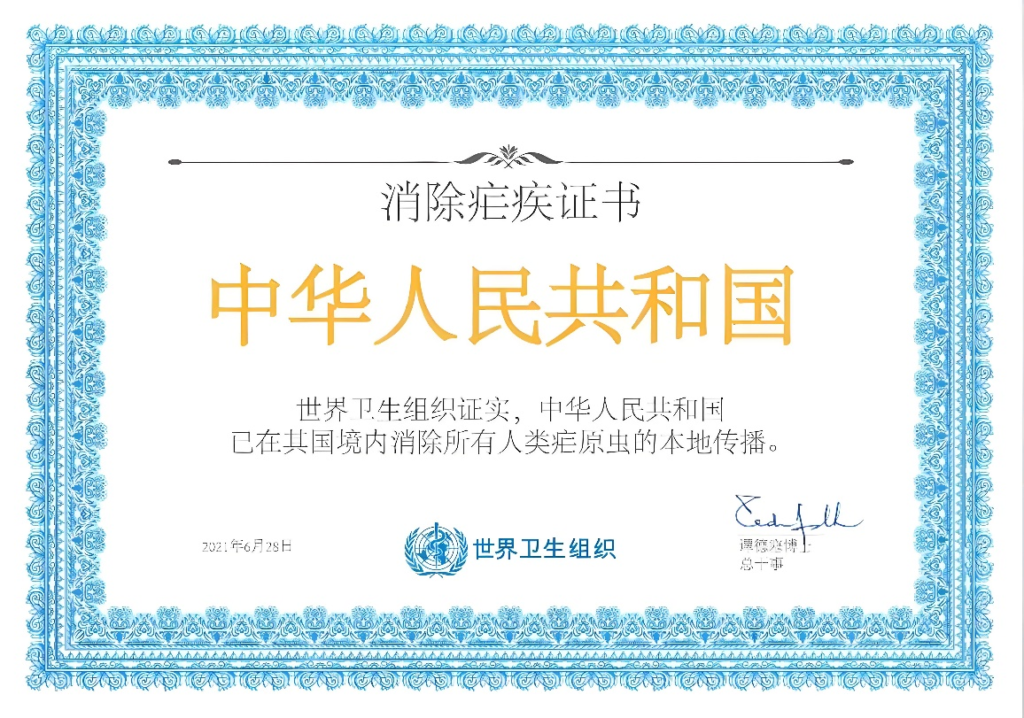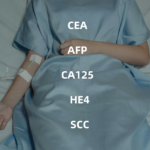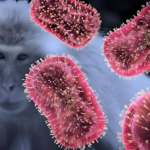
Plasmodium, the source of malaria, is an ancient inhabitant of the Earth’s history, with traces dating back as far as 300 million years, long before the faltering start of human civilization. Among the dust-laden fossils, time imprints dating back about 300 million years have revealed for the first time the secret connection between malaria parasites and mosquitoes. The turning of the page of human history, about 10,000 years ago, accompanied by the prosperity of the population and the rise of agricultural fire, the malaria parasite quietly weaved its empire and spread through the human smoke. In ancient times, malaria was seen as a scourge of the forces of nature, and humans sought in mystery and awe to tame this invisible beast with witchcraft herbs. Plasmodium, hidden in the light and darkness, sneaks through the network of human wisdom, and has not shown its true face for a long time. Its journey of exploration spanned several years, and it was not until the recent scientific revolution that the tiny and cunning culprit was really captured. If the story of malaria were to unfold, it would be an epic history of science.

The discovery of Plasmodium not only marks a leap in human understanding of malaria, but also a great victory in the field of public health. From helplessness to targeted prevention and control, from mosquito control to the development of drugs and vaccines, the battle against malaria has entered a new chapter. The discovery of Plasmodium and malaria, a magnificent chapter in the history of science, is a hymn of human wisdom and tenacity.
Plasmodium type
There are four types of Plasmodium: Plasmodium malariae (P. Malariae), Plasmodium vivax (P. Vivax), Plasmodium falciparum (P. Falciparum), Plasmodium ovale (P. Ovale).
Plasmodium falciparum (P. Falciparum) and Plasmodium vivax (P. Vivax) are the most common, and the former is the most lethal. Plasmodium matures in mosquitoes, spreads by biting human blood, enters liver cells for development and reproduction, and then enters red blood cells, causing periodic fever, chills, high fever, sweating and other typical symptoms. Severe cases can develop into severe anemia, cerebral malaria, kidney failure, dyspnea, and even death. Before the onset of the disease, there are often symptoms such as fatigue, discomfort and anorexia, and the onset of the disease goes through four stages: chills, fever, sweating and intermission.

In the 1990s, more than half of China’s population was at risk of malaria infection, with 30 million cases of malaria reported annually and 300,000 deaths. After 70 years of active prevention and control, the number of malaria cases in China has decreased year by year, and the epidemic range has gradually become smaller. China reported its last locally originated malaria case in 2016. In 2021, the World Health Organization (WHO) officially announced that China had passed the certification of eliminating malaria (no local malaria transmission for three consecutive years). China has become the first country in the WHO’s Western Pacific region to be certified malaria-free in more than 30 years.

Malaria is a preventable and treatable disease, and the key lies in early diagnosis, correct selection of antimalarial drugs and ensuring the completion of treatment. Early diagnosis and standard treatment will shorten the course of disease, improve the prognosis and avoid death. If you have a history of living in malaria-endemic areas abroad, once you have chills, fever, gastrointestinal reactions and other discomfort symptoms, you must go to the designated medical institutions for malaria treatment in time, and take the initiative to inform the doctor of your history of living abroad (especially in Africa or Southeast Asia).
Malaria Prevention and Control
The simplest way to prevent malaria is to prevent mosquitoes. Mosquito nets, insecticides and anti-mosquito agents are all effective means of mosquito control. For malaria patients, early diagnosis and treatment of malaria will shorten the course of disease and avoid death, which will help to control malaria. Rapid and accurate diagnosis is a very important part of clinical diagnosis and treatment of malaria. The rapid diagnostic test (RDT) can be used for rapid screening of malaria, especially in remote areas where there is no condition for microscopic examination, and it can be used as a preliminary screening method for clinical malaria. RDT has many advantages, such as fast and convenient, high accuracy, easy operation, high sensitivity and specificity, so that malaria patients can be screened in a simple way, so as to enter the treatment early and avoid life-threatening.
The malaria rapid diagnosis board independently developed by Bio-Mapper has superior performance, stable product, high sensitivity and strong specificity, and can quickly and accurately screen out whether patients are infected with malaria.
Pf/PV product display


Test results: compared with the four products, there was no reaction and discharge in the reagent card of company A, and there was cross reaction in the Pf sample of company C; The detection rate of company B is consistent with that of Bio-Mapper.
List of malaria products


Preventive Measures
1. Control of the source of infection: rapid identification, registration and follow-up of malaria patients. For existing cases, effective treatment should be taken immediately to control the disease, and for carriers, dormant treatment or recurrence prevention measures should be implemented.
2. Transmission route blocking: In the summer season when mosquitoes are active, mosquito nets should be used correctly, and anti-mosquito liquid and equipment should be equipped for outdoor activities. The key lies in the improvement of environmental hygiene and the complete elimination of mosquito breeding sites.
3. Personal protective measures: maintain good hygiene habits, avoid staying overnight in the open air in summer, and use mosquito nets when sleeping; When going out, apply anti-mosquito ointment on exposed skin to prevent mosquito bites.
4. Pre-travel preparation: In view of the high incidence of malaria in Africa and Southeast Asia, it is necessary to fully understand the malaria epidemic situation in the destination and prepare corresponding protective measures before traveling.
5. Pay attention to the warning of severe malaria: severe malaria can endanger life. If symptoms such as chills and fever occur after going to the epidemic area, you should seek medical treatment immediately. Actively inform the travel experience at the time of entry and treatment to ensure timely diagnosis and treatment.





